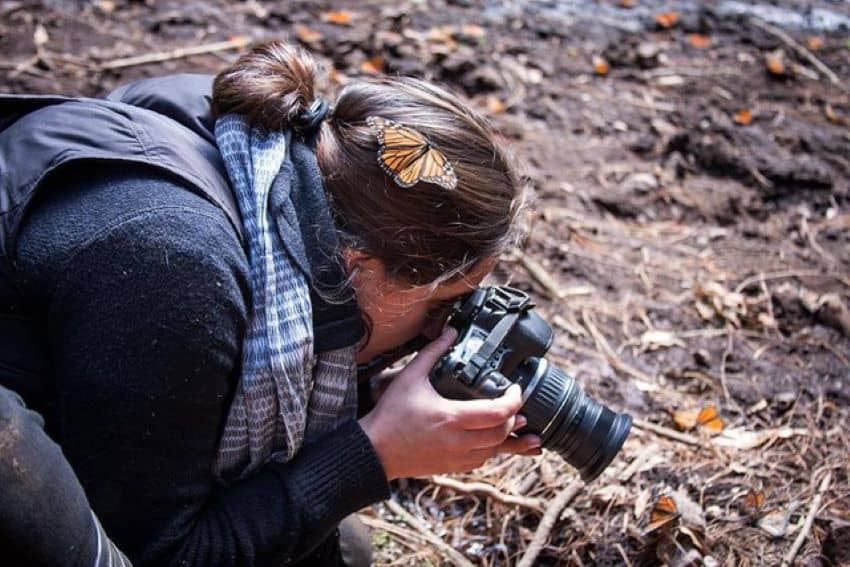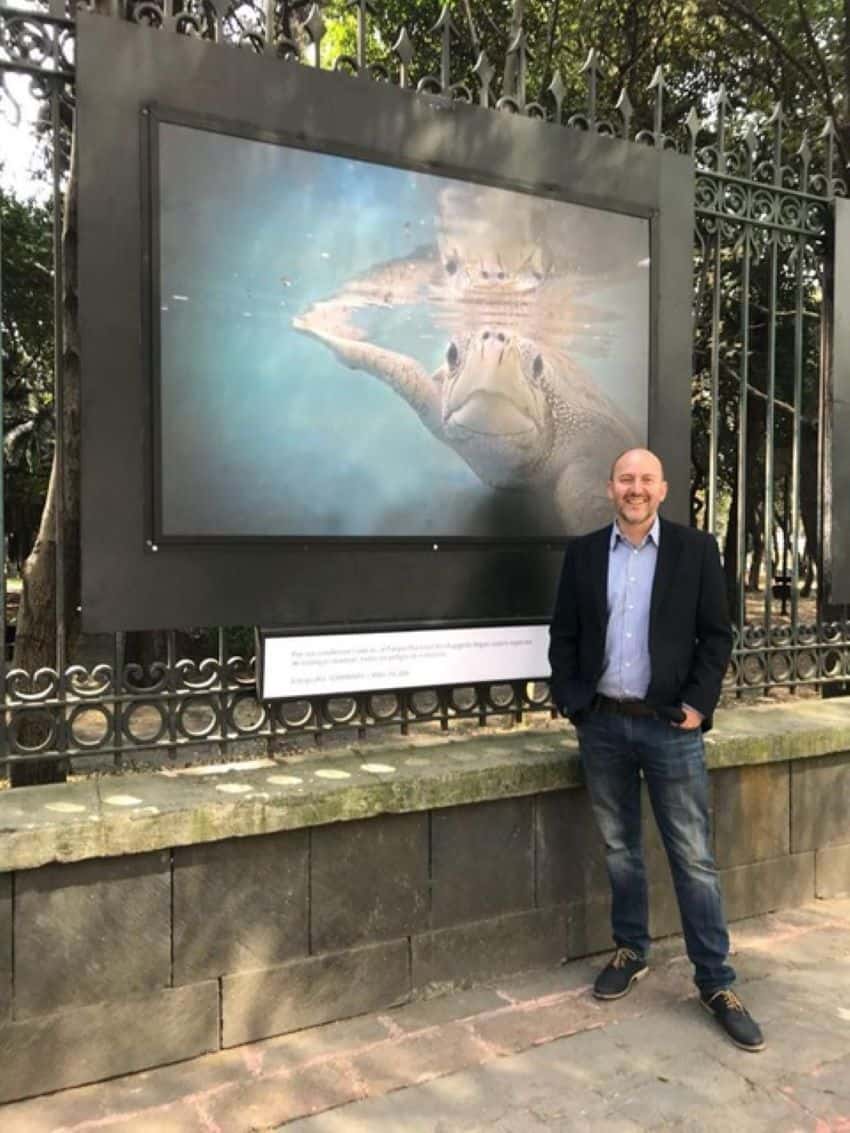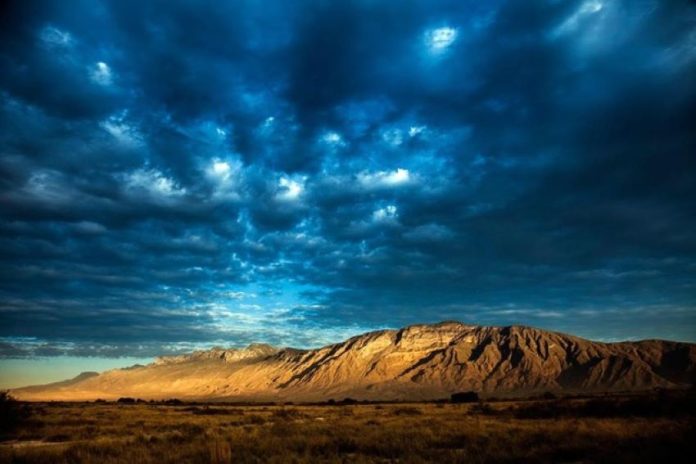Conservation can take many forms: from direct action to lobbying to protection of particular spaces, but perhaps a little-recognized body of work relates to winning hearts and minds, the brass tacks of simply making people care.
“Fifteen years, I think?” replies Iliana Huerta when asked how long she has been making her unique, otherworldly, unquestionably stunning books about Mexico’s landscape, flora and fauna. “Time just passes, you know, and all the more when you inhabit these geographies that measure time completely differently. Out there, you lose sight of who you are and become part of that bigger whole.”
Iliana — or Ilo as she is often known — is part of a wife-and-husband team (alongside partner Mike Alcalde) working across the entire range of Mexico’s deep landscapes since the early 2000s, studying and understanding the very vivid and present challenges faced by land and life in Mexico while at the same time making exquisite, old-school coffee table books. They’re the kind of books you could sit on the couch with for days at a time, looking at a single page.
Especially today, with most of the world severely limited in their ability to travel and a rise in digital fatigue as a result of endless hours working in front of computer screens, people are increasingly looking to physical representations of the natural world for a little respite.
As the world hurtles headlong towards a series of climate tipping points that signal a path of no return and as the pandemic pause shows us what slowing down can do for the natural world, bridging the disconnect between our daily lives and the world we live in has become almost a psychological need for many. This perhaps explains how books made by Ilo and Mike, collectively working under the México Natural signature, have become so popular in recent months.

Nominally, México Natural is a cultural and environmental community initiative that uses stunning photography and cinematography to disseminate Mexico’s spectacular natural heritage.
In particular, the work uses a holistic approach to engage, inspire and — especially — co-opt allies in the preservation of the cultural history and vulnerable ecosystems of Mexico. They use documentaries, educational projects and, most principally, books.
It is easy to forget, given the daily travails of the nation, that Mexico is the third-largest country in Latin America by land area and boasts some of the highest levels of biological diversity of anywhere in the world.
Mexico is uniquely located across the Tropic of Cancer, which effectively splits the land into two zones — one temperate, one tropical. Altitude, latitude and seasons all play a role in shaping Mexico’s landscape.
Given all this, the books are nothing if not a photographic odyssey that takes the reader on an expedition through this land. Jungles, forests, wetlands, seas all boast their own edition, containing technicolor pictures of some of the most beautiful, and most threatened, ecosystems in Mexico.
“I have learned that the only body of work that is genuinely able to invoke change is education,” Huerta says. “Not school or formal learning — rather the kind of education that makes you double-take, look at an image or problem or incident so that taking your eye off it makes you feel as though you would lose a piece of yourself in the doing. It’s about establishing a visceral connection and, really, it’s not about teaching this or teaching that but about letting people know and showing them the incredible scope of the natural world. It is really that simple.”

For those who have witnessed some of these most unique of spaces, there is little doubt she has a point. Simply seeing some of the landscapes of the north of Mexico — Baja California, Sonora, Chihuahua and Coahuila, among countless others, or even the diametrically opposed tropical south — is not something easily shed.
The experience links notions of the land and Romantic notions of religious experiences, which is not to say you have to believe in a deity but that merely being present in these landscapes inspires the awestruck feeling of the sublime.
Global recovery post-Covid places us at a critical juncture in conservation. To ensure that we are all actively playing a role in the preservation of the natural world going forward, familiarization with the challenges and pressures faced by the most biodiverse areas of our planet is absolutely essential.
The books are at once a legacy project — documenting the multitudinous nature of Mexico’s biodiversity — and a song for the future, hoping to initiate a change toward social responsibility and a union between human living and the natural world.
The pair’s books can be purchased by contacting them directly at [email protected].
Shannon Collins is an environment correspondent at Ninth Wave Global, an environmental organization and think tank. She writes from Campeche.
